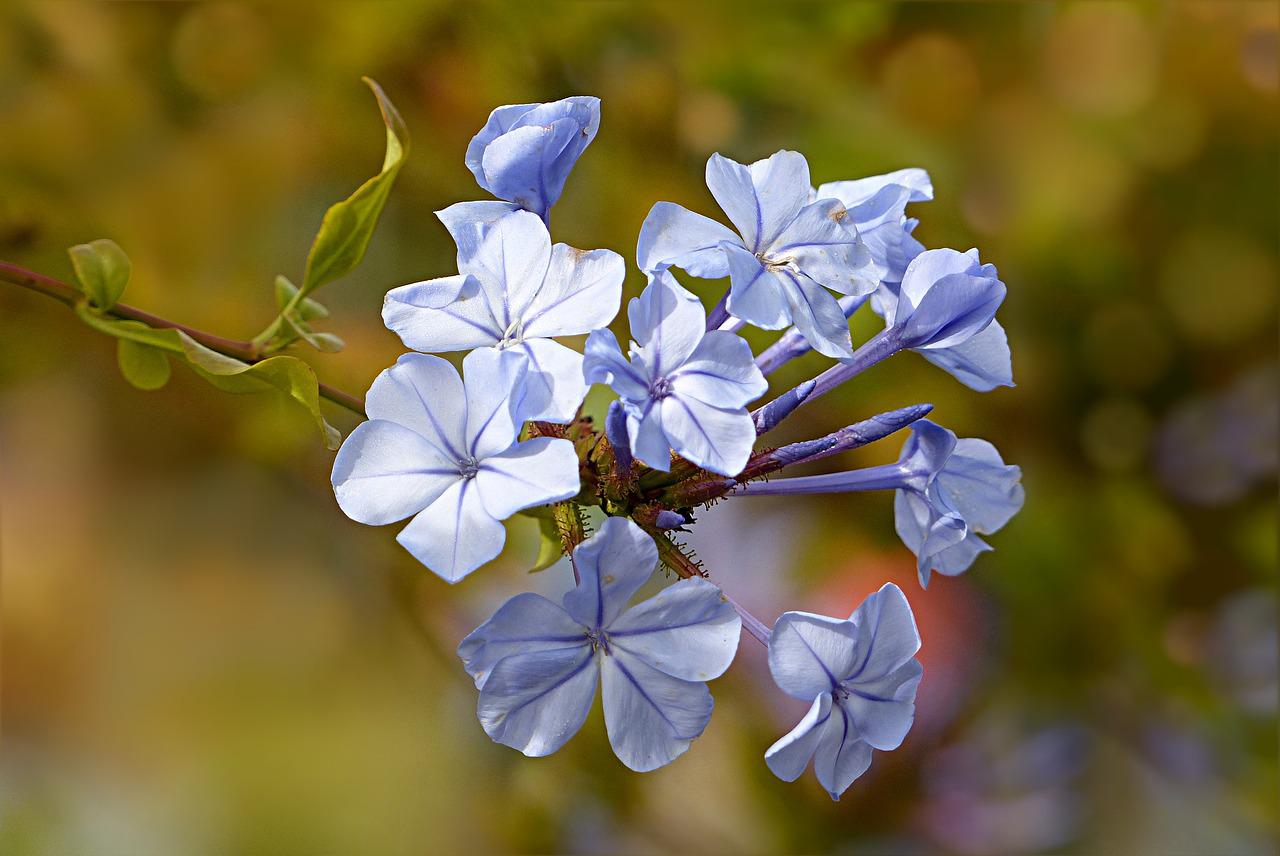Welcome.
“True planetary transformation begins when we consciously choose to evolve as human beings — step by step, with purpose and presence, toward a new era of Quantum Consciousness for all.”
Ricardo R. Pereira
By combining elements from different knowledge sources, Integrative Therapies can be considered a more flexible and inclusive approach to treatments than more traditional methods, perceiving the client as the most important element to act in the rebalancing process.

About Us
WOOT é uma organização baseada no desenvolvimento de ideias, projetos e metodologias baseadas na realidade social mundial, visando fornecer conhecimentos aos profissionais de diferentes práticas terapêuticas integrativas. A Organização Mundial de Terapeutasé uma instituição global que orienta a evolução das práticas terapêuticas integrando inovação científica, consciência quântica e responsabilidade ética.
Servimos como referência internacional no desenvolvimento de metodologias avançadas, certificações e conhecimento interdisciplinar que capacitam profissionais comprometidos com a cura, a transformação e a coerência planetária.
Nossa missão é apoiar o surgimento de um novo perfil humano — capaz de atuar com consciência, clareza e propósito — na regeneração do equilíbrio físico, emocional, mental, energético e espiritual.
Juntos, estamos construindo um novo padrão planetário para a saúde e a evolução humana.
We intend to empower new human being who are emerging, the ability to seek clearer, broader and more efficient results, in the recovery of physical, mental, emotional and spiritual health.
EPIGENETICS
the new vision in therapeutic practices

Epigenetics is the field of biology that studies changes in phenotype that are not caused by changes in DNA sequence that are perpetuated in cell divisions, meiotic or mitotic. It is called an epigenetic character when the phenotype is altered by such changes.
Integrative Medicine Timeline
Integrative Medicine have a long history, going back to the ages before Christ.
The Renaissance to the Modern Era
The emergence of the Dark Ages into that of the Renaissance was largely the result of the Arabic period of translation. The ancient works were brought forward to the modern era through translation into the common language of the time: Latin. This was followed by an expansion in experimental investigation, particularly in dissection of the human body. As a result, human anatomy and neurology had significant advancements. Famous theories and principles were criticized and often debunked. Science began to replace mysticism. New publications spurred excitement and interest. Anatomical dissection theaters flourished, attracting artists, students, and scientists. University medical training began in Salerno and then later in Padua and Bologna, Italy, followed by France and England. However, this training was primarily academic with little clinical experience. Medicine began its descriptive phase.
During the next several centuries, medicine expanded in its scientific knowledge base exponentially. Technological advances contributed and enabled a deeper range of observations, interactions, and interventions. Generalities became specific. Specialization occurred at an unprecedented rate and to the point that there was subspecialization for treating minute portions of organ systems. As such, medicine became compartmentalized with some people stating that medicine had become depersonalized as well.
Islamic Golden Age
During the Islamic Golden Age, Persian physicians contributed to medicine in two phases. The first was a period of translations (750–900 bc). The philosophers, Gerber (721 BC), Al-Kindi (801 BC), Rhazes (865 bc), Al-Farabi (872 bc), Avicenna (980 bc), and Averroës (1126 ad) had profound effect on the Dark Ages of Europe. The Dark Ages comprised a period of time when there was little advancement in the field of medicine.
The second period was a period of observations and expansion. (900–1100 bc). During the time of Mohammed, the culture promoted learning, arts, and sciences for intellectual development. The region established great medical colleges with strict admission guidelines. The schools followed rigorous scientific principles, and understood the use of anesthetics and hygiene. Their ancient materia medica rivals that of Western medical textbooks today.
Arabic medicine was practiced within the context of Islam’s system of ethnics. It became known as Prophetic Medicine. It was believed that true medical knowledge came from revelations from the Prophet. It was supernatural, and esoteric, and filled with unconventional imagery; however, this medicine suited the majority of the people, was inexpensive, and was widely accepted. Arabic medicine was linked to philosophy and tied to numerical and astrological symbolism. Magicoreligious thoughts had significant influences on the system. Some of the practices included fortune telling, exorcisms, inspirations, amulets, healing gems and crystals, charms and spells, and cupping. The physician stressed treating the early symptoms by unconventional means to expose disease early treatable stages. These physicians often used herbals for such treatments.
China
It is widely believed that Traditional Chinese Medicine (TCM) has a 3000–4000-year history. TCM was embedded in the “philosophy of Confucius who called for the ideal family ties and the promotion of social and ethical standards of societies.” The oldest Chinese medical texts are thought to be on herbal medicine.
The Yellow Emperor, Huang Di, wrote about acupuncture, the concept of Yin and Yang, and the Five Phases in his book, The Yellow Emperor’s Inner Classic (Huang Di Nei Jing; cited by Ergil).
TCM spread across Asia throughout the centuries and came eventually into the Western world in the sixteenth to the twentieth centuries ad. However, only fragments of TCM are practiced in the West. Nonetheless, TCM has influenced the Western health care. Likewise, TCM has not remained stagnant in practice either. Concepts have come and gone and returned over time, depending on current societal perspectives and political environments. Unlike the West, in which an incomplete theory or unacceptable concept is rejected and then disappears, TCM may reject a theory but it does not disappear. It may fade in practice, but it continues to exist and may return at a later time. In the West, it is often thought that something is “either this or that.” However, in TCM, opposing theories can exist. An example of this is the concept of Yin and Yang. Although Yin and Yang oppose each other, they are also complementary to each other.
TCM is the overreaching umbrella for many disciplines. Acupuncture is one of those disciplines.
Other TCM practices include movement of invisible energies (Feng Shui), dietary/herbal therapies (“we are what we eat”), and kinesiology (t’ai chi, Qigong). This system of exercise was known as the “Frolics of Five Animals.” Similar to Indian medicine, TCM supports the holistic view of treating the mind, body, and spirit, and the individual’s experience of the disease.
India
Unlike many civilizations that imported systems of other outside cultures, Indian medicine was derived in India and had interwoven systems of other cultures, predominately Greek, as part of India’s own system, but this interweaving occurred only at a later time period.
The ancient Indians wrote about medicine in their sacred books, known as the Vedas. The Vedas are believed to be of divine origin and were passed down through oral traditions until the sixteenth century ad. One of the Vedas, the Atharvaveda, is a collection of spells, hymns, and incantations for magical curing of diseases, and is thought to have been the origin of the traditional Indian medicine system known as Ayurveda. Ayurveda is based on the concepts of longevity and the nourishment of life. Later commentaries on the Vedas, known as the Brahmanas and the Upanishads, explained these texts and speculated about the nature of the universe as well as the human condition.
Yoga—a term derived from the Sanskrit word yug—was a theological practice that was believed to lead to the unification of self with the Divine. Yoga’s origins are believed to date back to pre-Vedic traditions. Yoga is a practice that was considered to be given directly from God. The foundation is based on the suppression of all activities so that one can identify and separate the self from the body, mind, and will. In doing so, one attains spiritual liberation. Yoga, when practiced in the true Indian tradition, is more than a physical exercise program. It has a meditative and spiritual core, and offers a meaningful purpose for life and living.
Buddhism originated in India in the sixth century bc under the teachings of the Buddha. These teachings were in protest of the strict stratification of the Hindu society as well as the religious control of the Brahmanic priests. Buddha emphasized universal love, service, and peace of mind brought about through abandonment of desire.
An esoteric form of alternative medicine described in Indian literature is the healing practice of Uropathy. This is a method of healing with the use of one’s own urine. It is referred to as Shivambu or “holy liquid.” In the Tantric Yoga culture, it is termed Amroli. Amroli is derived from the word Amar, which means undying. Hence, Amroli was a spiritual practice that was beneficial to the mind, body, and spirit for the attainment of immortality. It is believed that hundreds of ailments can be cured by urine therapy. Uropathy is not widely practiced today; however, there are World Congresses on the subject, numerous books and articles on this topic.
Mesopotamia and Egypt
It is believed that the oldest civilizations were in the areas of present-day Egypt and Iraq (Mesopotamia). Given that medicine is so often culturally based, it undoubtedly follows that the first medicine came from these civilizations. Thoth was an Egyptian god who was the inventor of art in general. He is believed to have been the author of the oldest Egyptian medical work with the contents engraved upon pillars of stone. His words formed a part of the Hermetic Books (cited by Bass) used by the physicians of the day. Interestingly, Egyptian medicine was divided into two degrees. The Science of higher degree consisted of conjurations, dissolving the charms of gods by prayer, and interpretations of revelations received by the sick person during incubations in temples. The highest class of priest performed as the physicians of the higher Science. The Science of the lower degree was “ordinary medical practice” and was practiced by the lowest grade of priests. They studied anatomy, pathology, pharmacology, ophthalmology, and gynecology. It is interesting, therefore, that the higher order of Science dealt with areas, which today some people have called “Voodoo” medicine.
Aromatherapy began in ancient Egypt. The Egyptians excelled in the use of oils, salts, alabasters, and creams for all kinds of diseases and for preservation of the dead. Nefertum was the god of perfumes, incense, and fragrant oils. His mother, Sekmer, was the goddess of healing and alchemical distillation. The use of fragrance was the means of communication between the gods and humanity, offering health to the living and assisting the dead in the next life.
The Egyptians believed that the body could heal itself and used reflexology to restore balance and the natural equilibrium.
The New Human is emerging, through self-knowledge, through the expansion of your consciousness.
A path with no return
But also… the way back!
You feel prepared?
"The School of Life never stops!"
Master Ricardo – President WOOT
Testimonials
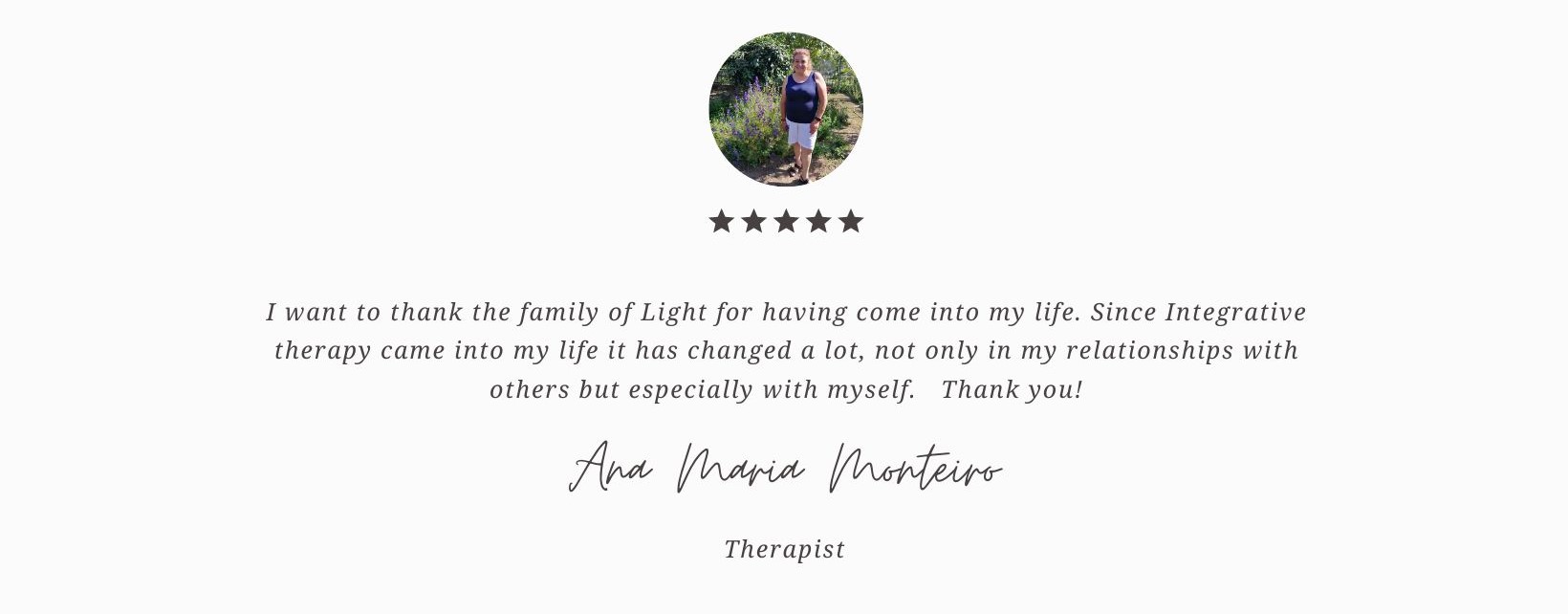

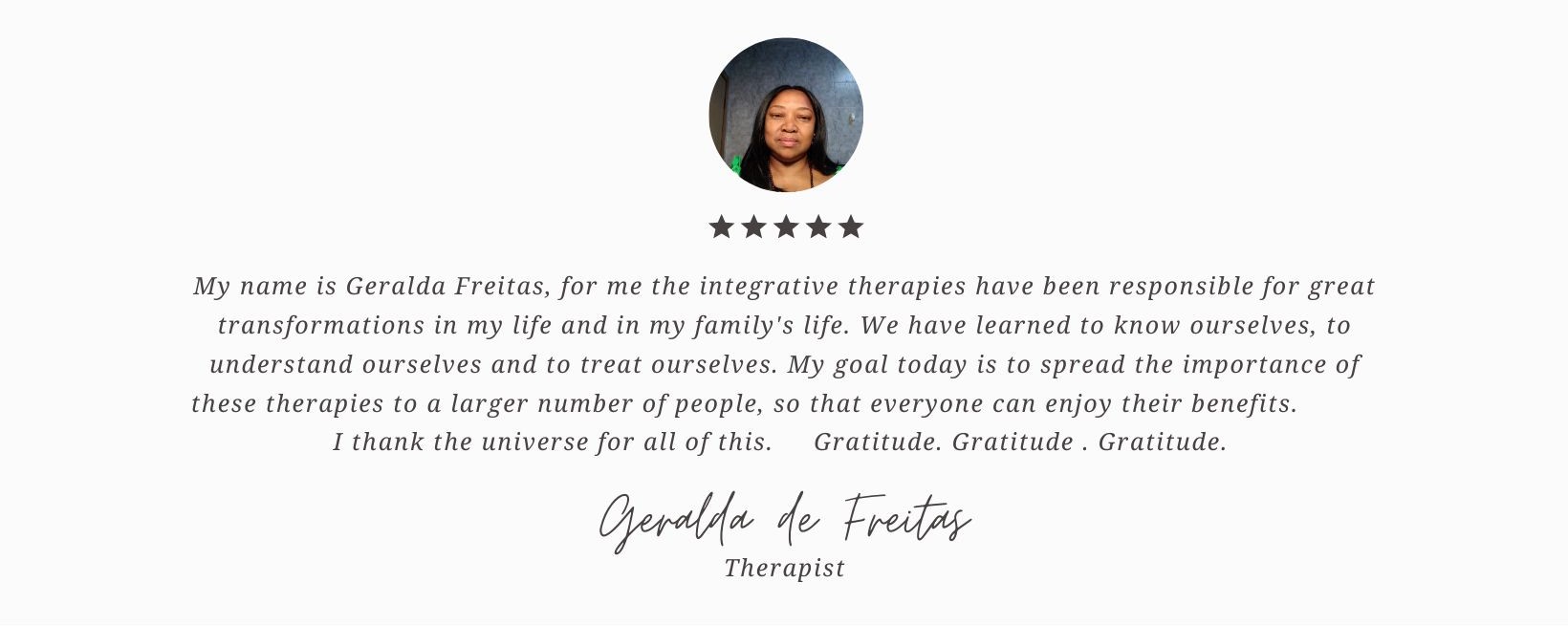
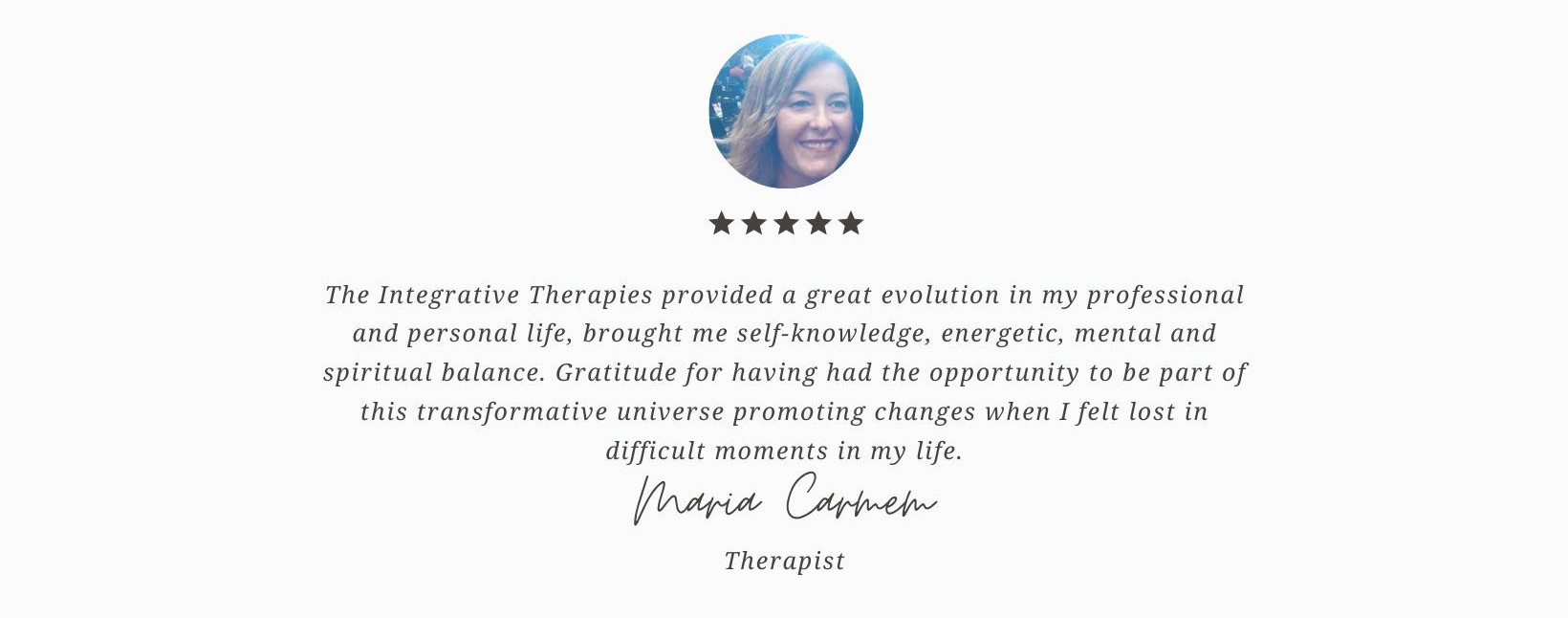
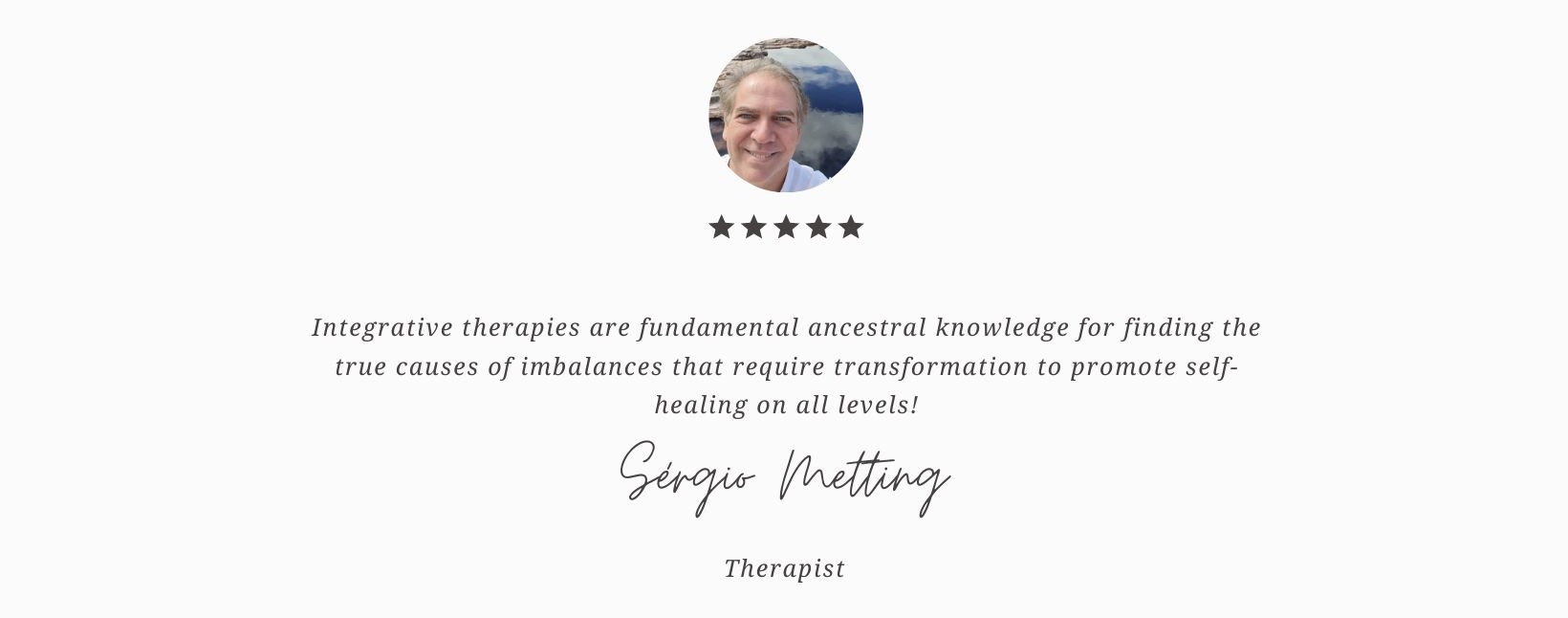

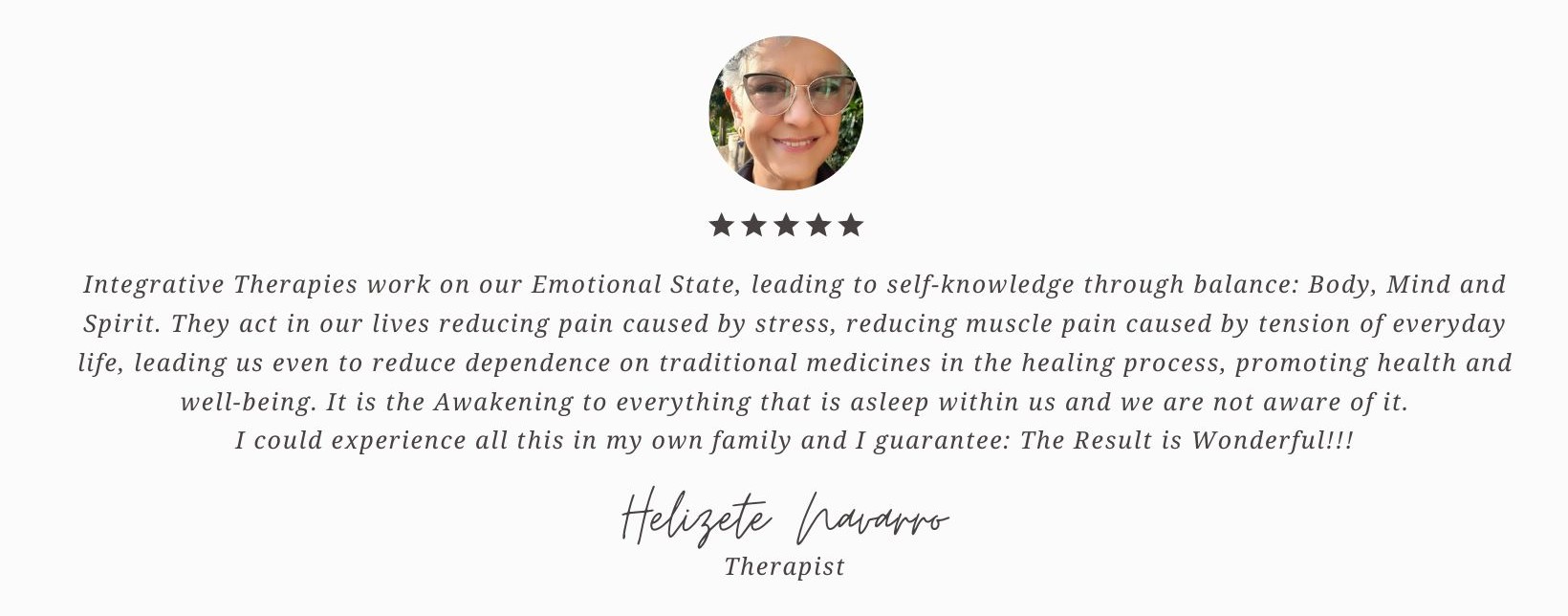

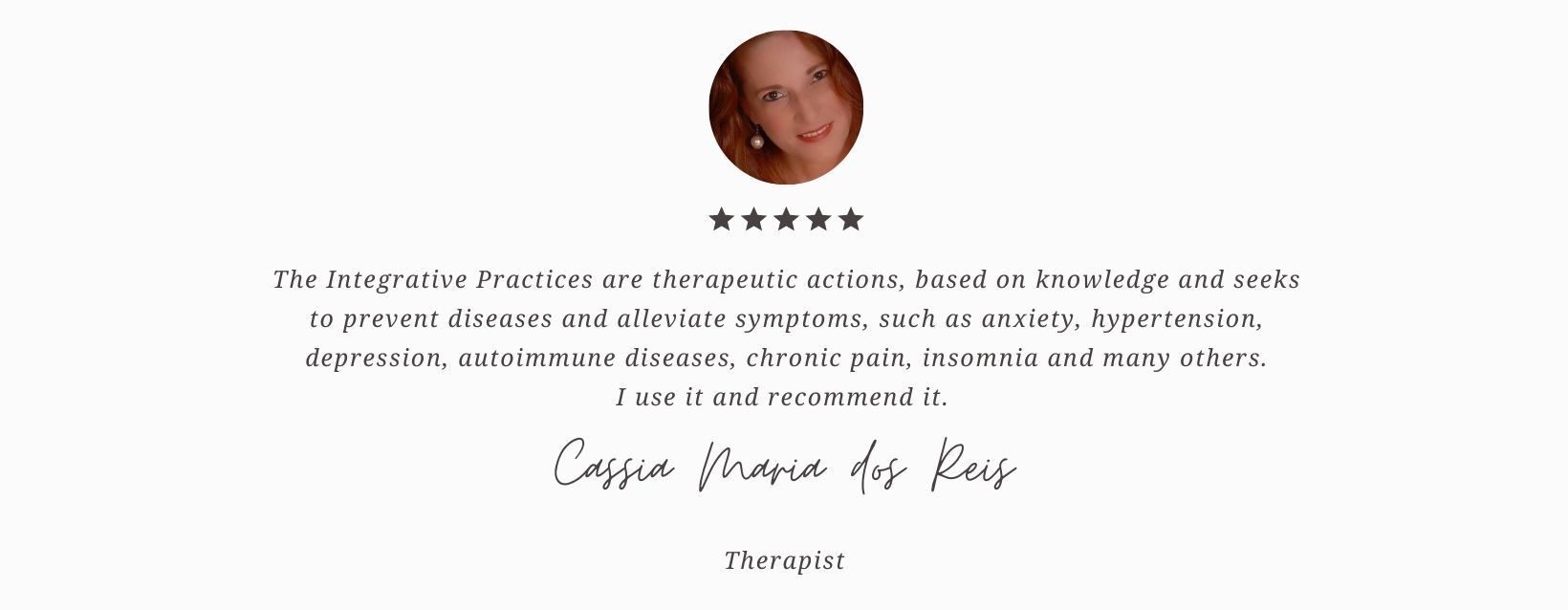
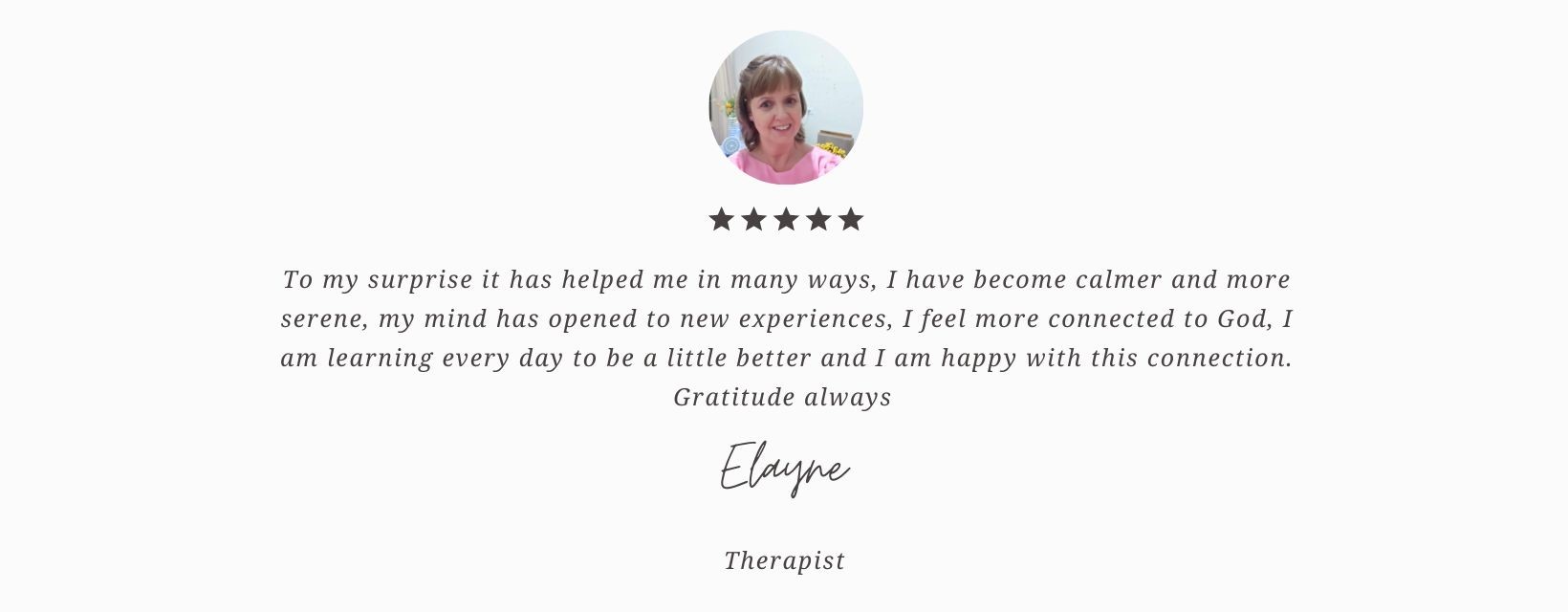

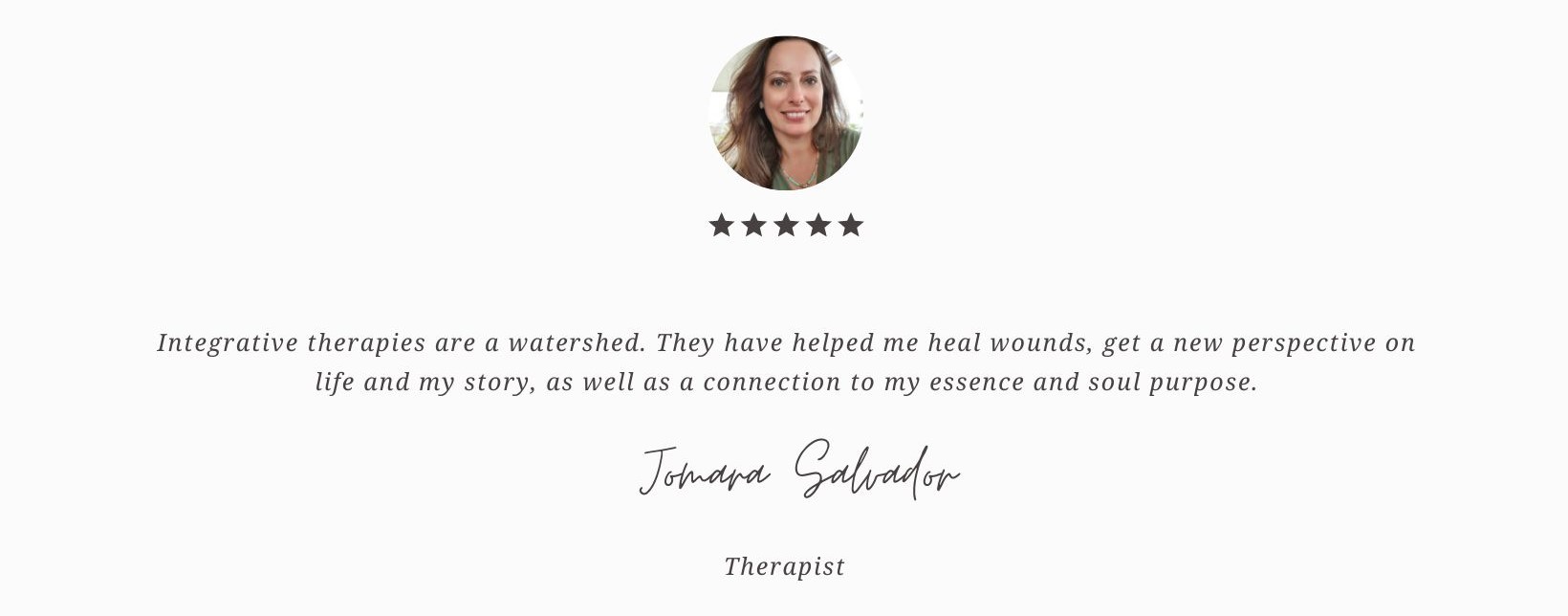
Integrative Therapies Resources
Learn more about Integrative Therapies and about WOOT with our Articles, Posts, Downloads, Online Radio and more.
The Latest Articles
We are commited to publish the latest news and contents on alternative medicine




